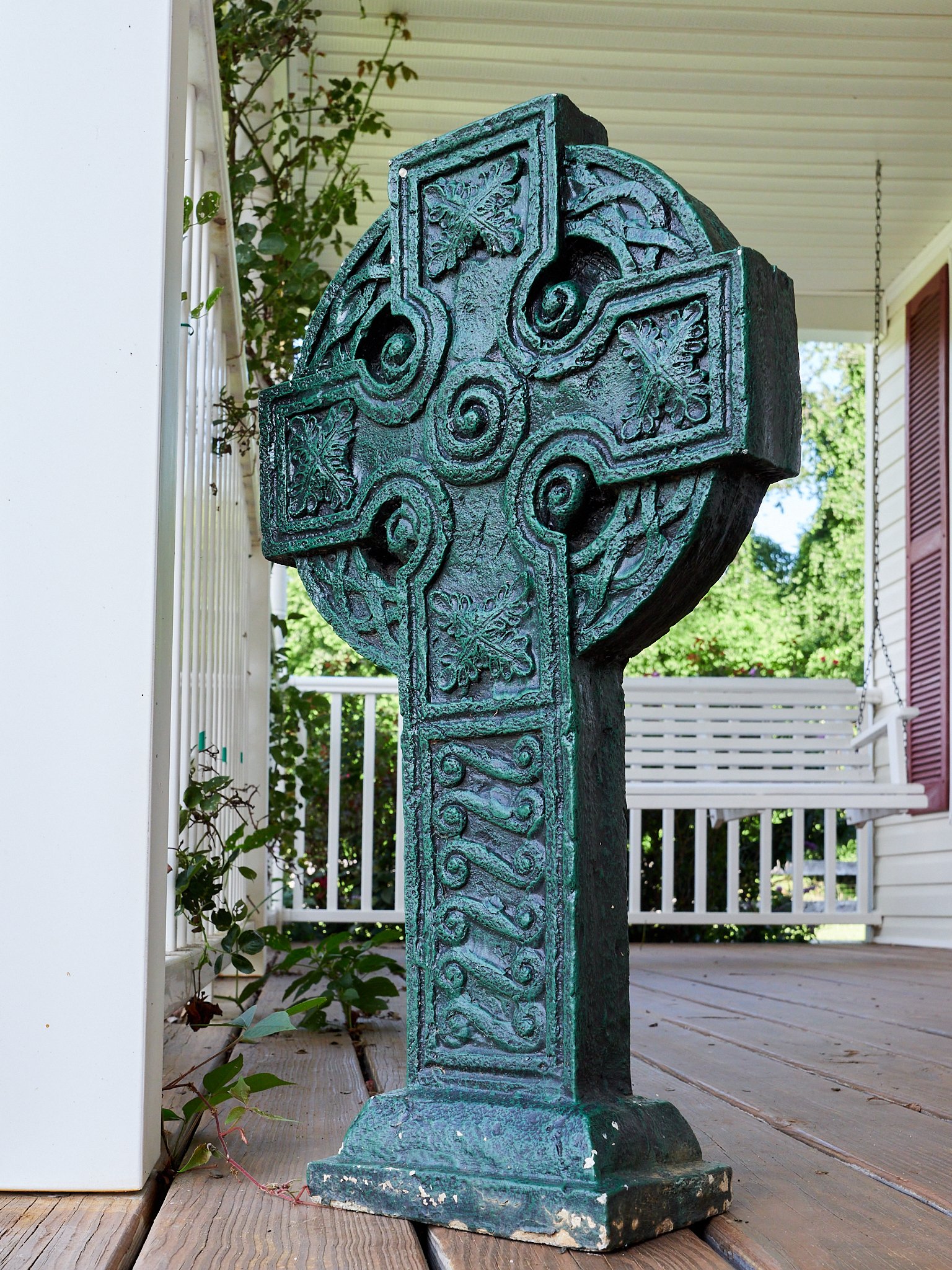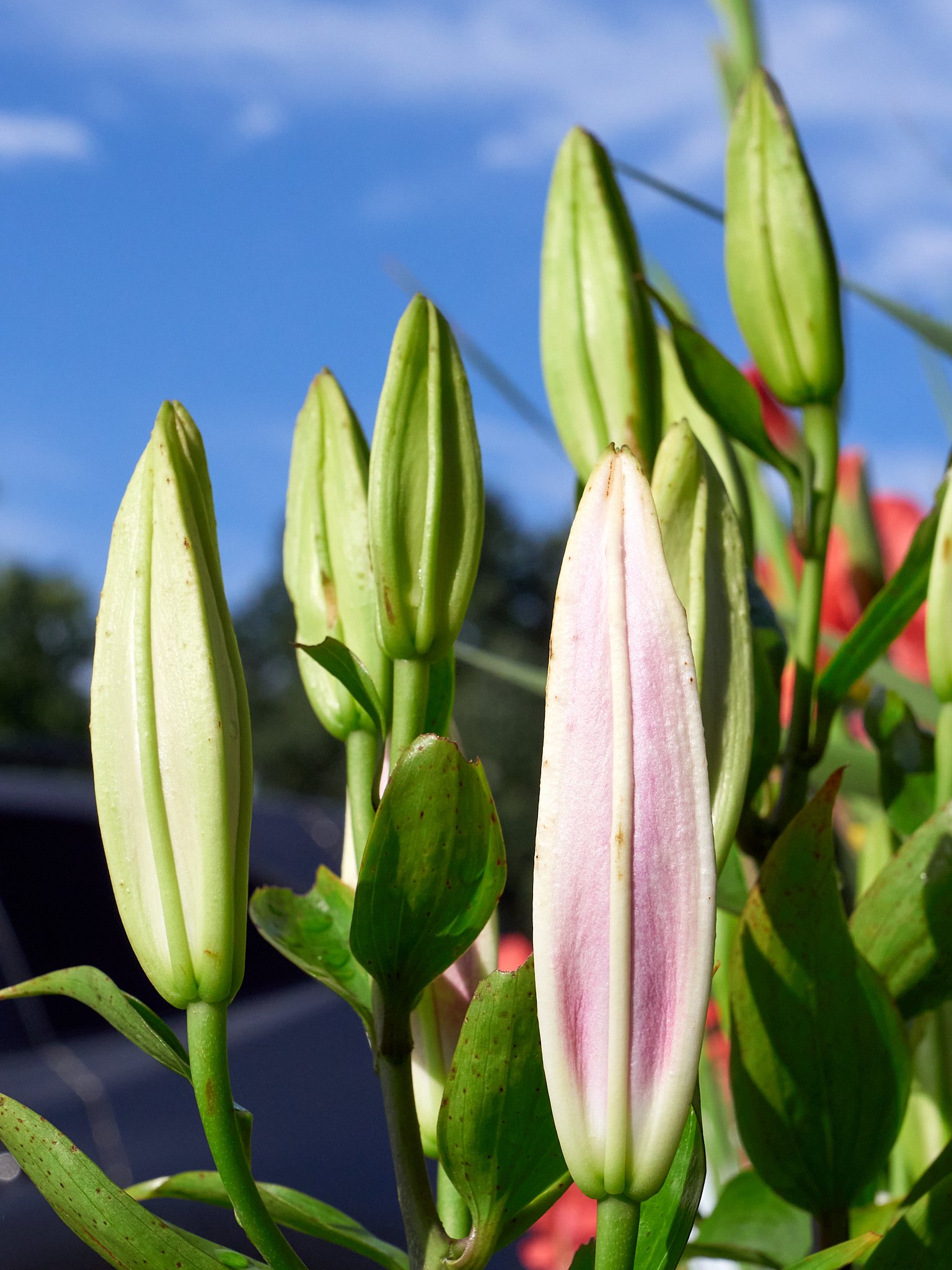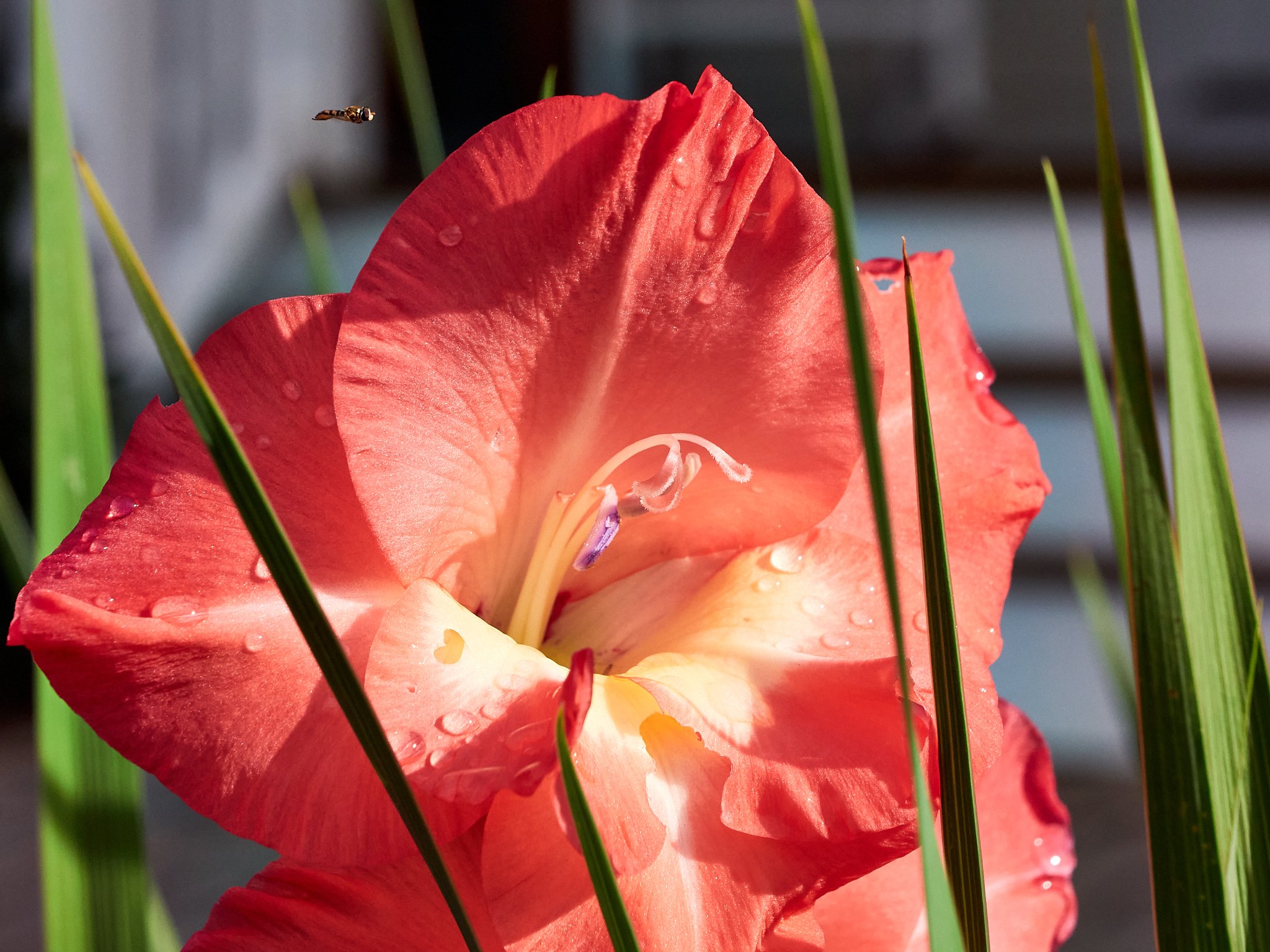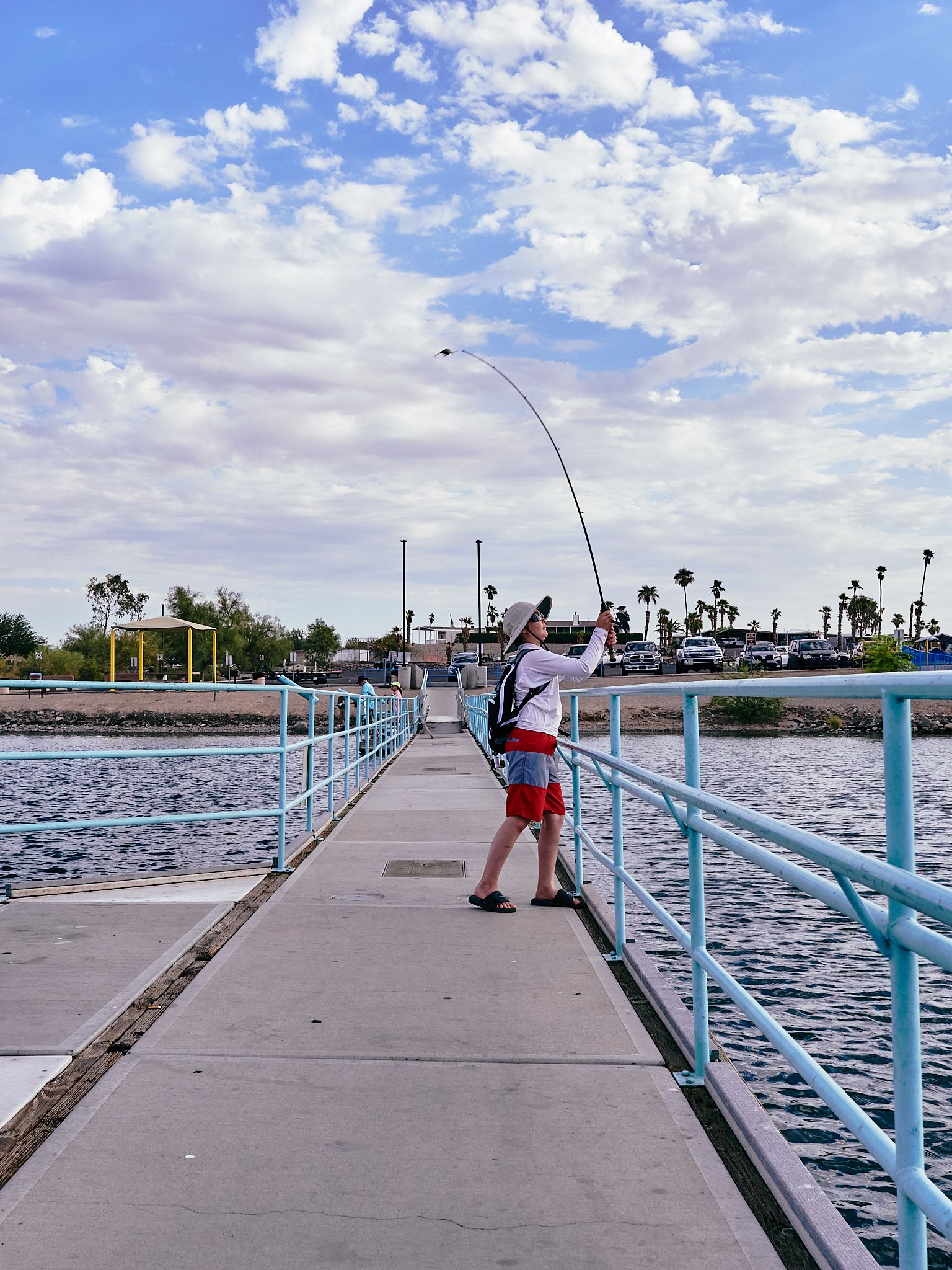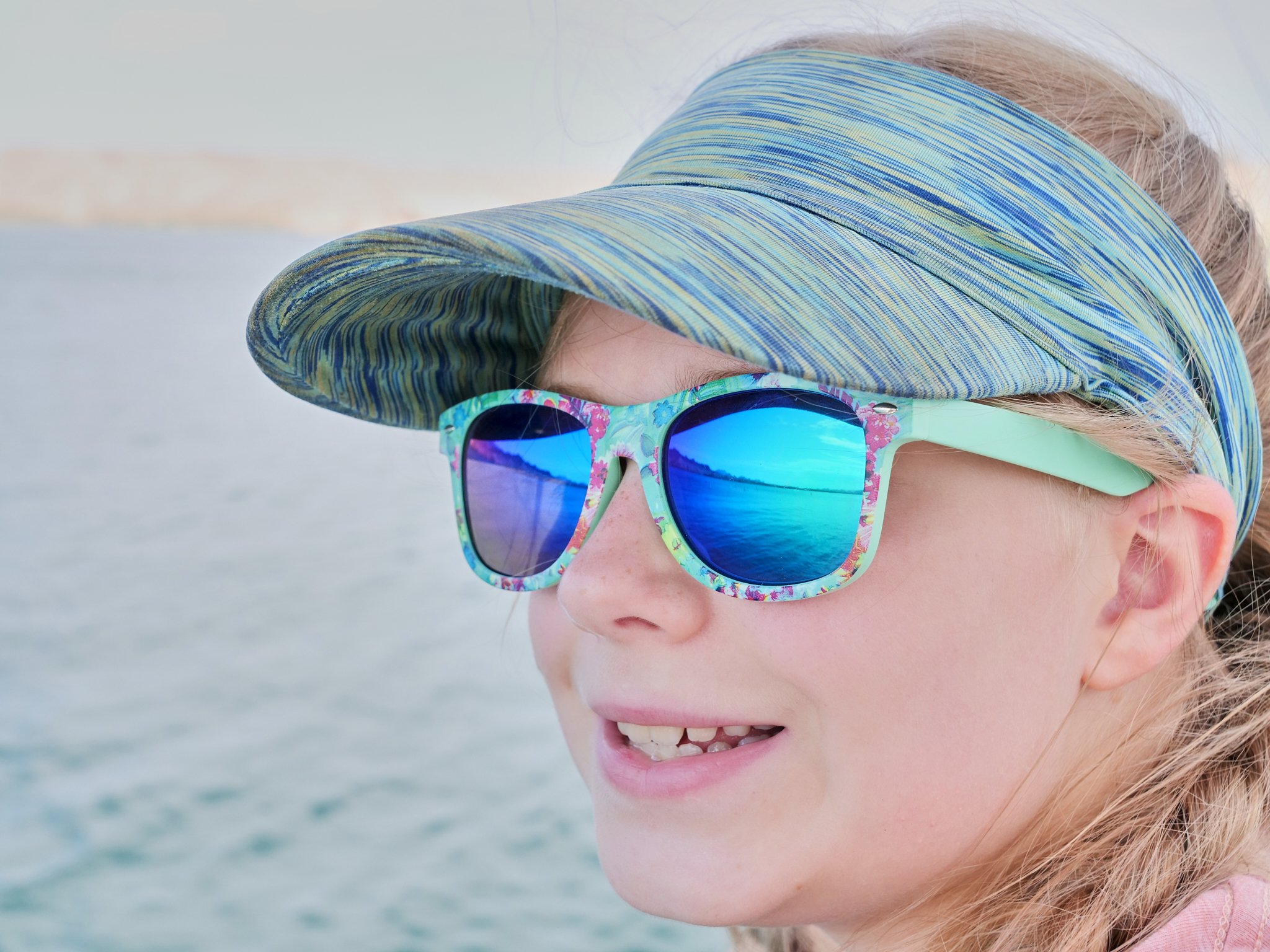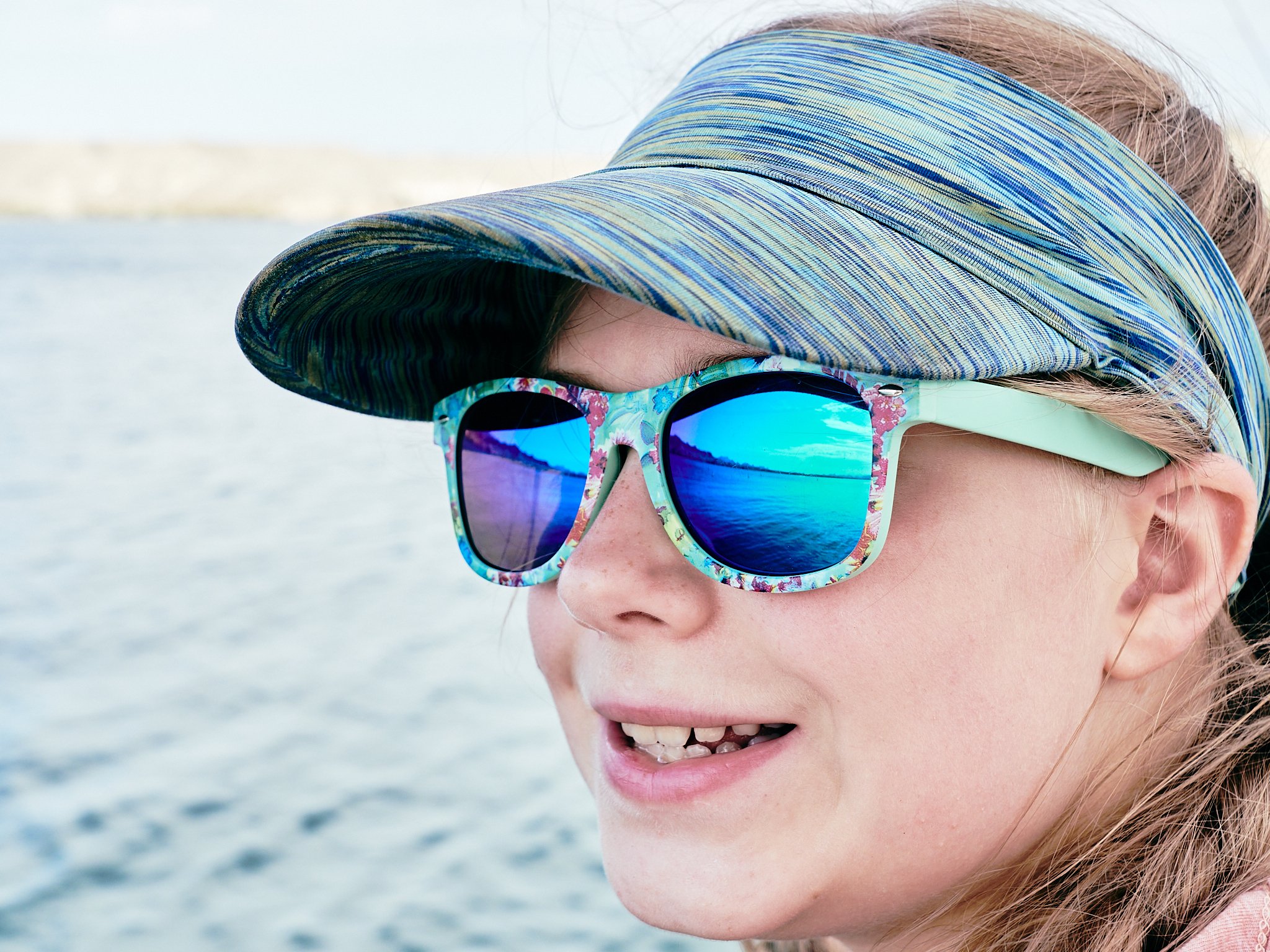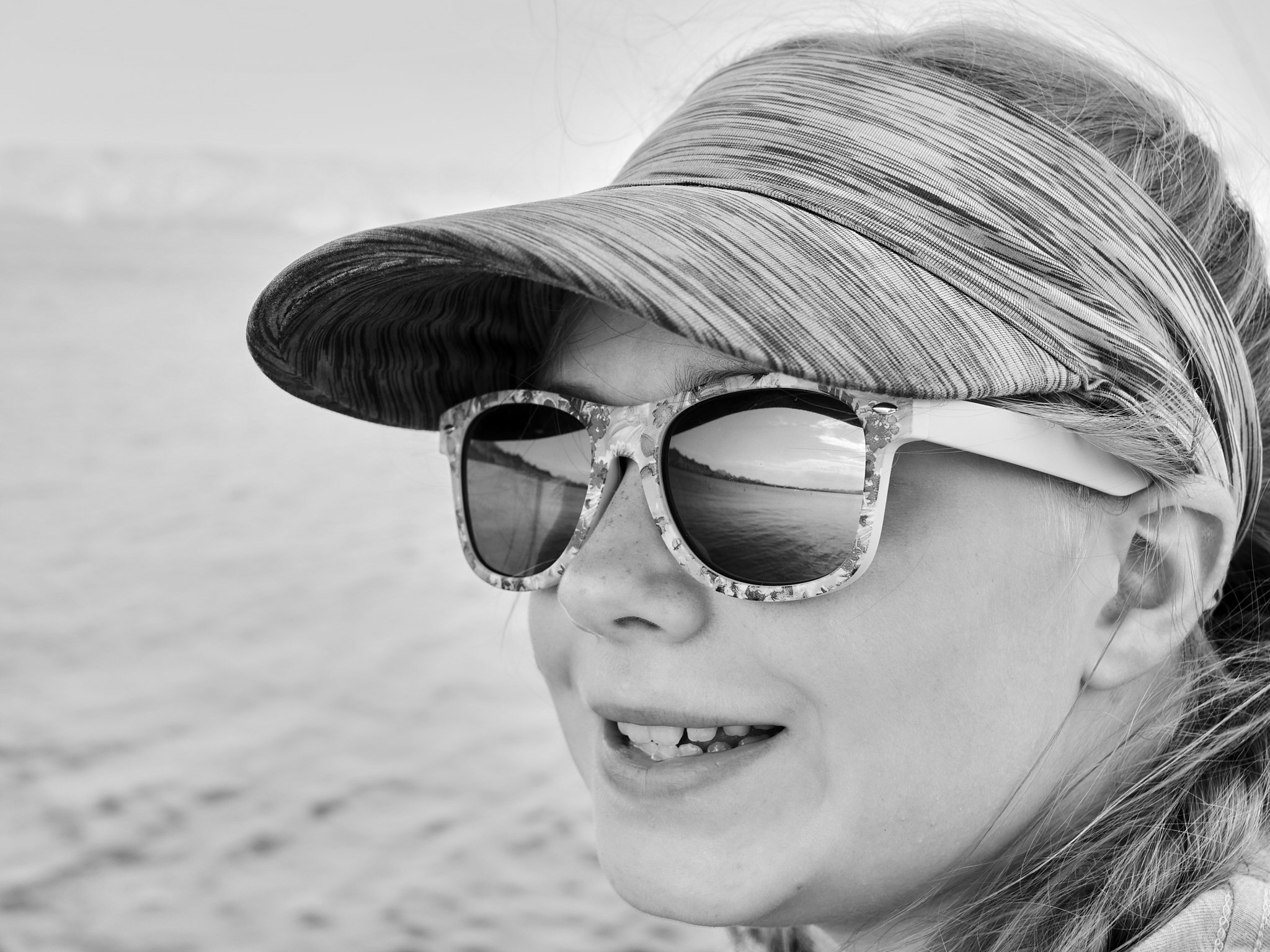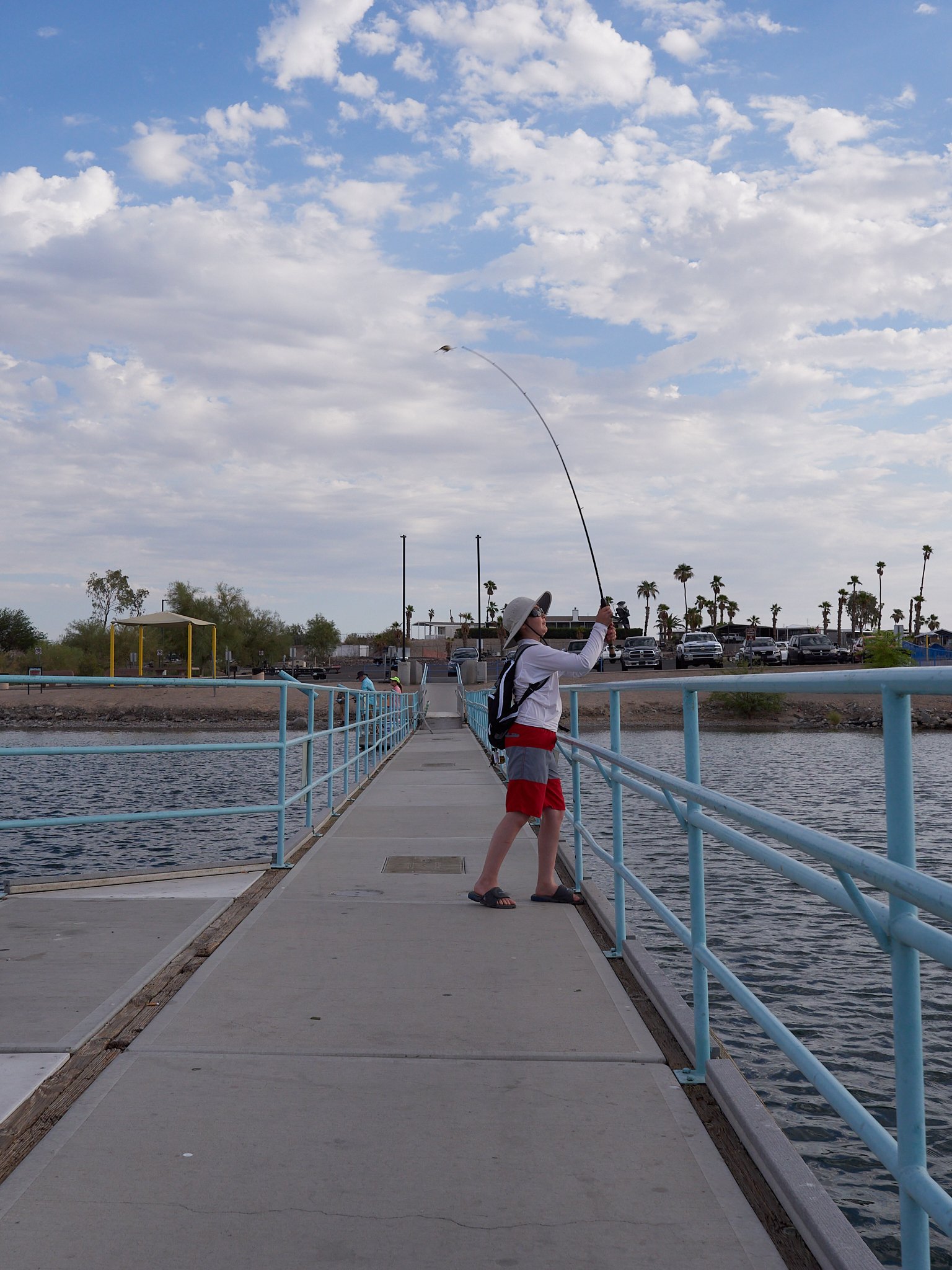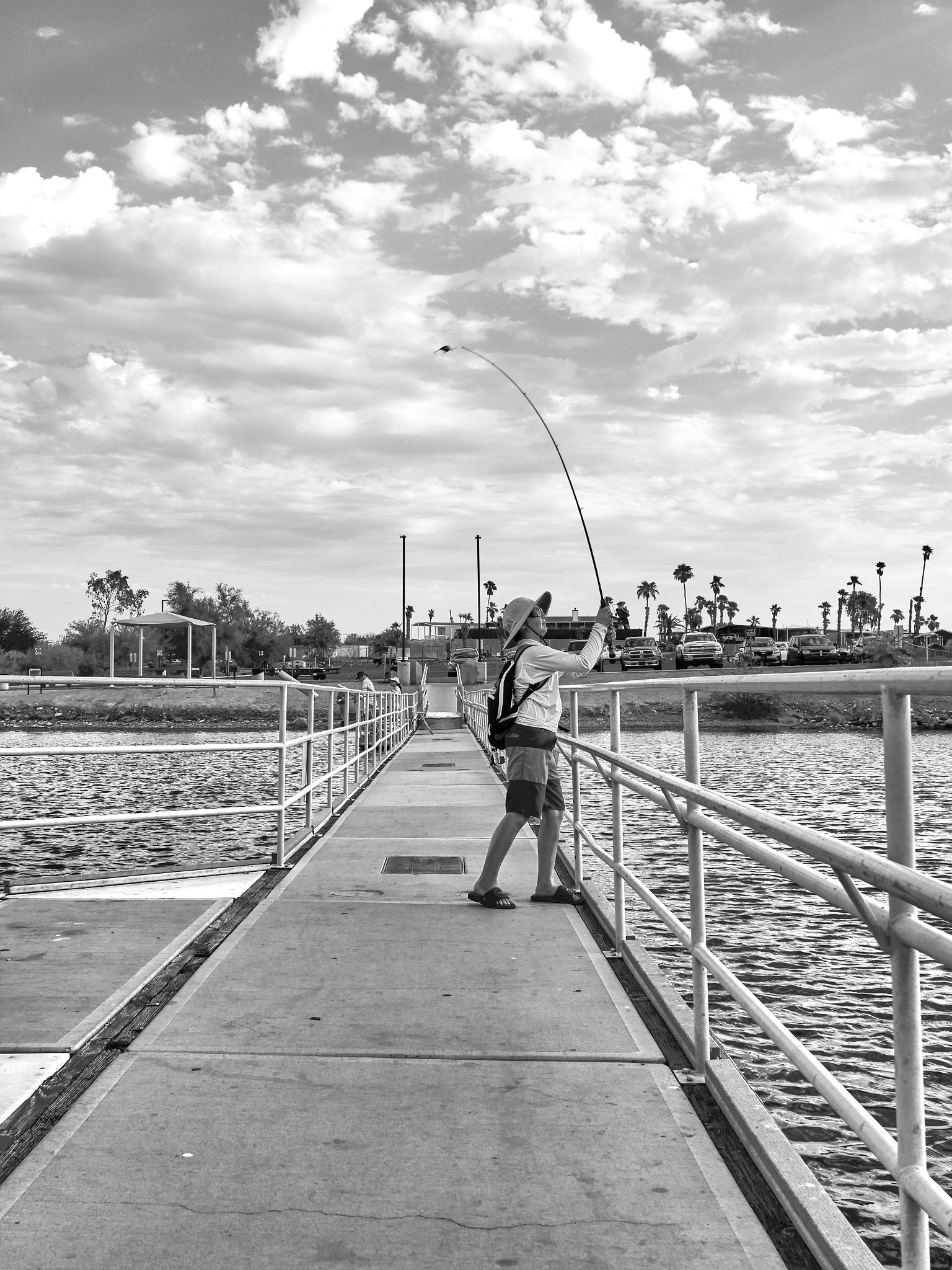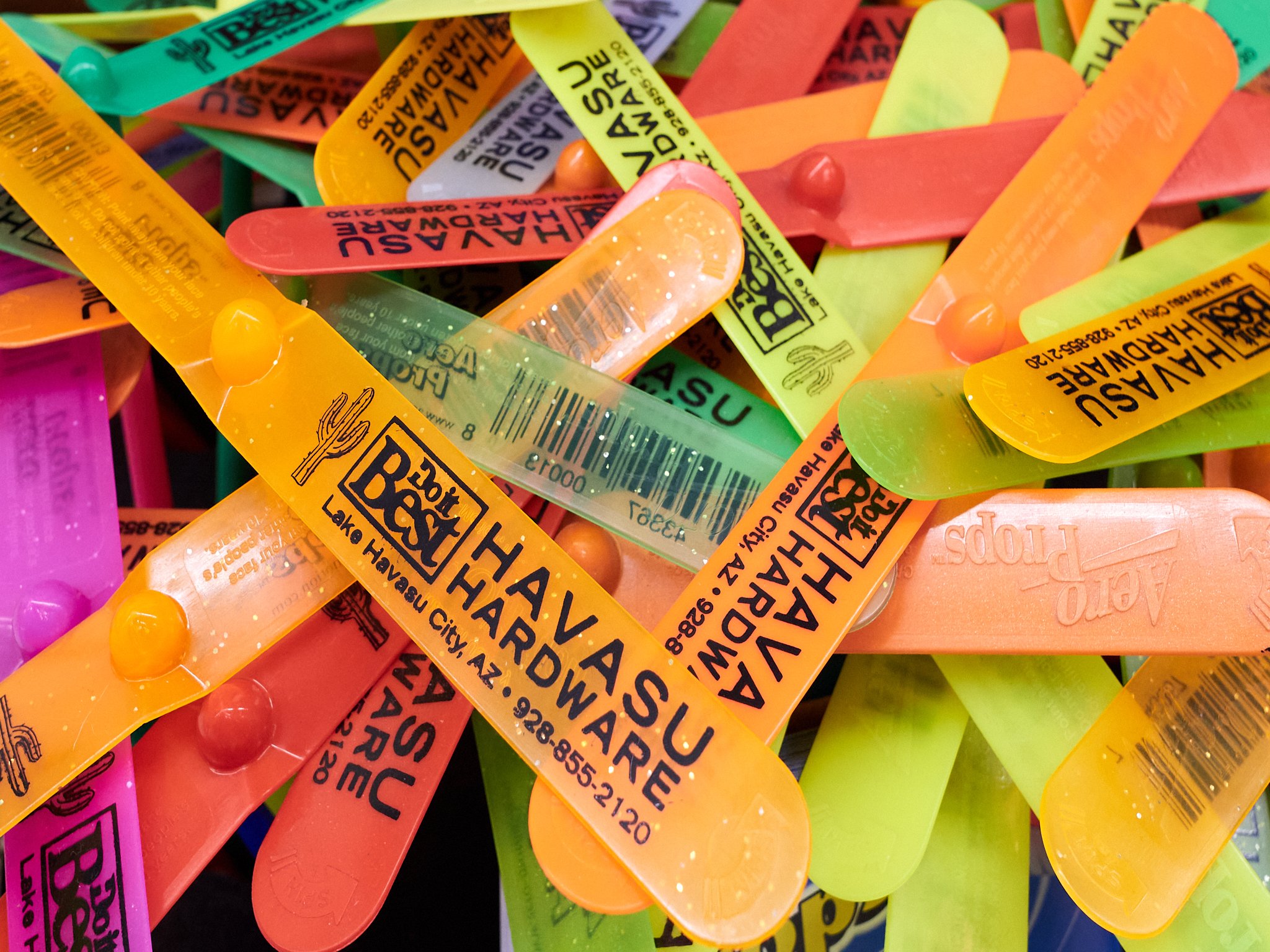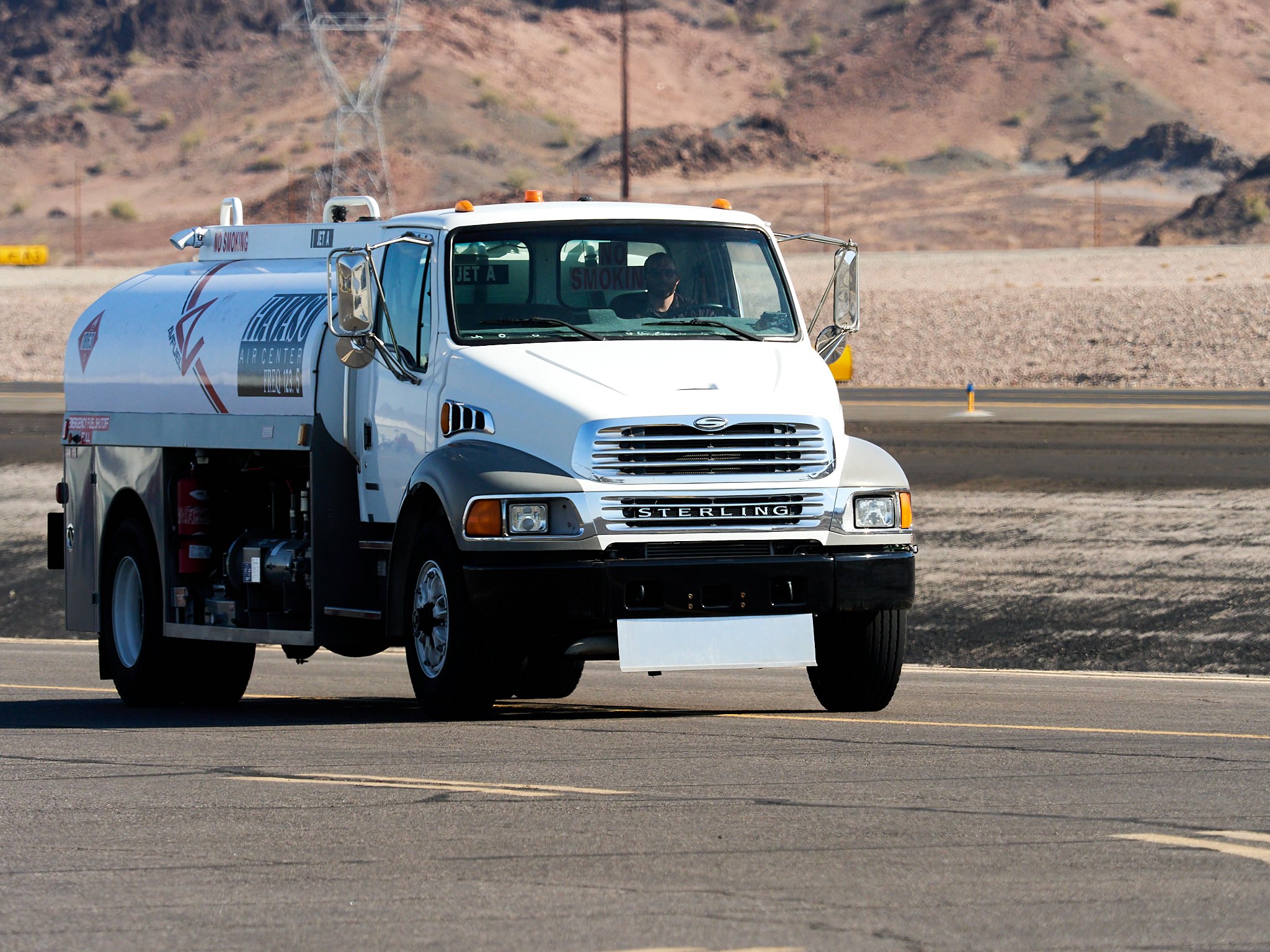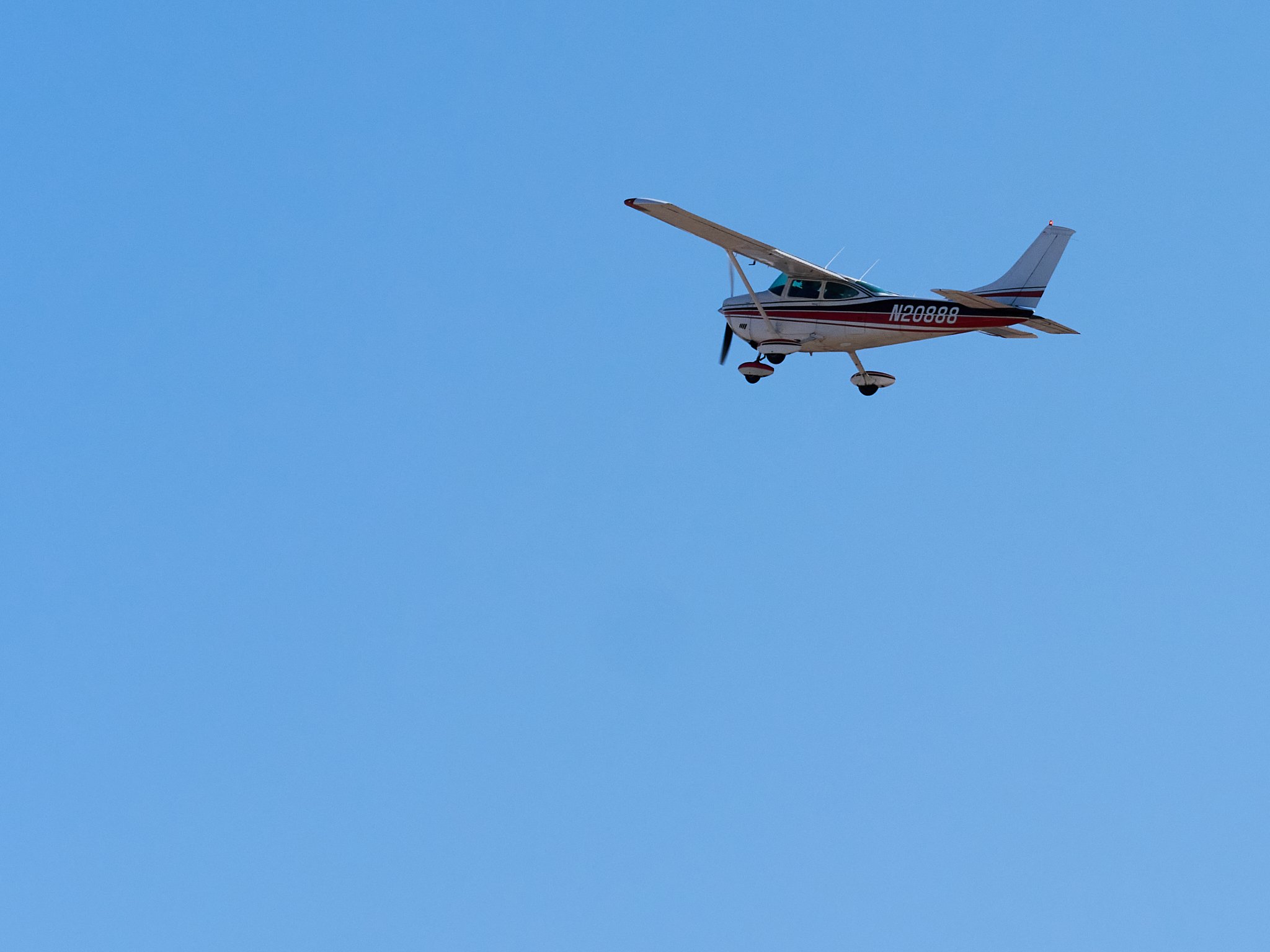Revisiting the Panasonic Lumix G9
Sometime in 2020 I sold off my original Panasonic Lumix G9. I moved over to Fujifilm (I still have an X-S10 but it may be about done in the inventory). I of course then got lured back by Fuji’s awesome photo quality. it is simply amazing. So what brought me back to try this camera again? Image quality, framing photos in a 4:3 format rather than 2:3…and word of a few firmware updates radically upgrading the camera. I also have a catalog of M4/3 lenses I enjoy greatly.
Ok…I’ll be clear. Zukio and Panasonic have an incredible variety of quality lenses both zoom and prime. They are small and portable. They are THE reason I find this system so attractive. I can take a small camera bag, for instance the Think Tank Mirrorless Small I can pack in it a good body like the G9 or OM-D 1 MKIII with a collapsable 12-42 zoom, Panasonic 20mm, 1.7, Zukio 45mm 1.8 and sometimes a 60mm Zukio Macro for kicks and giggles. I can capture a whole lot of fun with that glass.
No other system else comes close to this type of portability in size, weight, ergonomics, and resolution power. When I move up the ladder to the Zukio 12-100 F4, 12-40 F2.8, 40-150 F2.8 (plus 1.4 teleconverter), and Panasonic Leica 12-60 2.8-4.0 you have a potent lightweight system going all the way our to a 420mm equivalent on Full Frame. While Fuji has promise to match these lenses in a APC form factor, they are relatively overweight and variable zooms. As a Dad with six kiddos to chase, portability and power balanced is the key to my personal happiness.
First up this is not the same camera I sold. Panasonic stood behind this four year old camera with four major firmware updates and several minor ones as recently as 2.7 in April 2022. The camera is faster in operation, has improved video, better autofocus, and from what I can see a much improved jpeg engine. The camera has the same excellent ergonomics and a decent menu system. The photo above is a Lumo D jpeg. The dynamic range and pixel peeping resolution are head and shoulders above where I was two years ago.
The three photos above are a Capture One processed RAW (RW), an out of camera Lumo D JPEG, and a Portrait setting JPEG. I am pretty confident I these are much better photos out of camera than I could snag two years ago, and Capture One’s RAW engine also improved. The 20MP sensor may be old tech, but under proper shooting conditions and with the right software there is plenty of dynamic range to work with for what I shoot as a family lifestyle photographer.
ISO 1600…on the G9
I chose this photo above to show current handling of a higher ISO, in this case ISO 1600, in a RAW file processed in the current version of Capture One. Here you can see the noise is very well controlled, and has a pleasing (to me) film like quality on the out of focus areas. A four year old camera, and even older micro four third sensor, is not going to be my first choice to shoot a high school Friday Night Lights Football Game. However it is pretty useable thanks to improvements both in and out of camera.
I chose this photo to highlight a lesson I am learning about Capture One, and photography editing in general. Fujifilm does a wonderful job with AI inside the in-camera JPEG engine. Fujifilm’s JPEGs require so little processing because the AI they include dynamic changes the processing algorithm from highlight areas to shaded areas. One wonderful feature of Fujifilm’s cooperation with Capture One is the RAW (RAF) processing did almost the exact same dynamic set of changes an in camera JEPG will have. This is not normal for the industry. Usually a RAW file is unprocessed, and allows the editor to edit the photo with the most data available for the photographer/editor to work with towards a final creative edit.
When I open RAW files from other cameras, I usually see a basic flat canvas on which to work my edits. Often I can accept what comes via RAW with an autocorrection applied, but I inevitably want to personalize the photo. So I’ll recover highlights, shadows, apply various styles until I am satisfied. The photo above was a flat RAW, probably a little under exposed because that is how I unconscientiously roll. After about 20 seconds or so I can create this into one of my favorites for the day’s shoot. Another trick I often do is to pull up a preset on import to give me a headstart, I like a nice ALEXonRAW Provia variant and then correct for highlights, shadows and crop.
Of course the new and better JPEGs coming out of this version of the G9 are pretty good…as you can see by the LumoD B&W here and the Portrait JPEG above. Below I want you to see the dynamic range you get from both the window highlight recovery and the shadow recovery on the cello case from a G9 RAW file.
A couple other really nice tools and features of the G9, which continue to age well. First the flip screen, although designed for selfie video is great for taking waist and abnormal angle photos. I love using it low for waist shots, vertical, or to get into hard to reach places. It works well with progressive eyeglass lenses. Second the ability to take a still frame on demand while recording video is a lifesaver when you do not want to handle two cameras at once at say a birthday party. Why more camera makers do not copy this is shocking. I also like the auto shutter function, so the camera can change as needed quickly between mechanical and electronic shutter. The amount of blown highlights saved by this feature, and shots not missed because I am menu fumbling is mind numbing to me. Again this is something not included by all manufacturers add into their basic camera functions. Finally this camera is rugged with excellent sealing and toughness which will remind you of old Battleworthy Nikons. Kudos to Panasonic’s Lumix team.
Color rendition by Panasonic gets better with each generation. Tastes may differ, but I really like Panasonic colors out of the box. In early digital days orange was a nightmare to edit for me. it was always too saturated or bright. I took this photo just to show off a fun colorful scene I knew the camera was capable off.
This photo is the G9 paired with the Leica 12-60mm 2.8-4.0. I wanted this one to highlight the detail, subtle pastels, dynamic range and how the greater depth of field a M4/3 camera can provide. I think it is pretty wonderful, well wonderful to me. It also highlights the capability of the built in stabilization being almost on par with Olympus.
I added these two photos to discuss the Panasonic DFD (Depth by Defocus) elephant in the room. Panasonic, alone amongst the major camera makers does not use phase detect focusing for auto focus (AF). This is a double edged sword, maybe triple. DFD, or any focusing using contrast detect is going to be sharper than phase detect (in theory) on static targets. In my experience G9 single focus DFD is just as fast on this camera as any other. I have greater more faith in single shot AF on the G9 than on my old Fujifilm X-T3 to capture the decisive moment in event shooting.
The problem is phase detect is much more accurate for tracking photography and video. While in theory DFD could catch up and surpass phase detect with the next tech announcement…it has not. So if you look online you will hear lots of screaming about the lack of phase detect for as long as long as LUMIX mirrorless existed. I get it. If you need extreme AF go by a Sony, Nikon, Canon, or the new Fuji and Oly.
The reality is AF is more than fine for event photography (where people are not moving at pro athletic speeds), and in my experience with the G9 superior to all most others in flash photography in lower light. Yes I said it, superior when shooting even flash photography and with four Christmases to back me up I’ll stand on it. So look at your portfolio and think about what you need. My bet is for 90% of the photography crowd out there this beast will capture what matters in your life.
The bottom line is I really like take 2.0 on the Panasonic Lumix G9. It is not the smallest of the M4/3 camera family but it is comfortable for all day shooting, holds a huge battery capable of over 350 shots and some wireless transfers in a recent shoot, and has tricks up its sleeve I did not mention yet like 6K capture so you don’t miss a moment (think Olympus Pro Capture here) in certain conditions. I think this camera may stay in the stable for a while.
OCC JPEG
